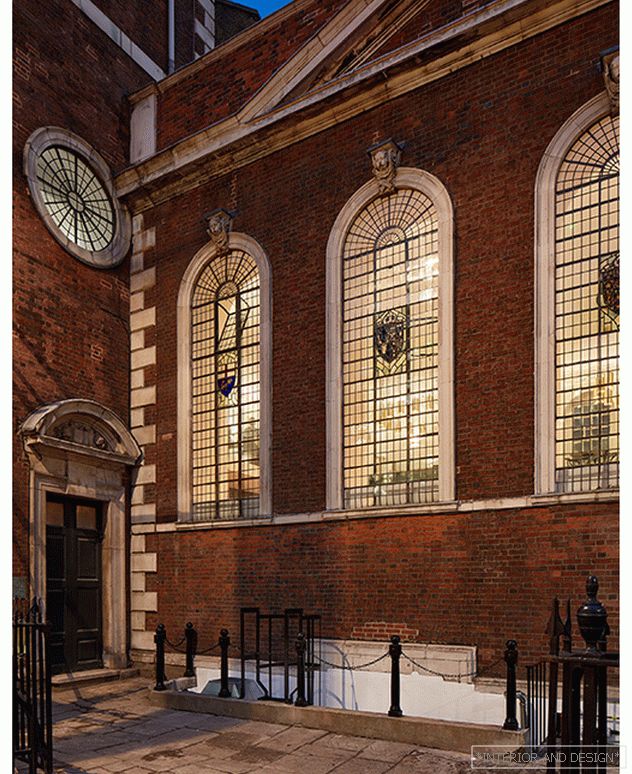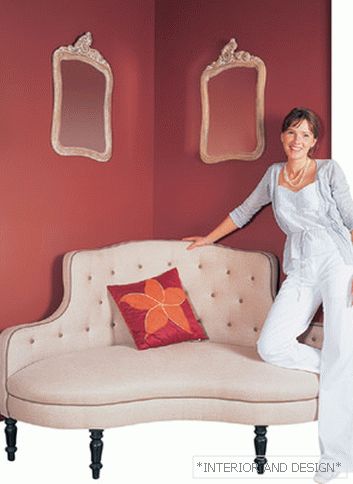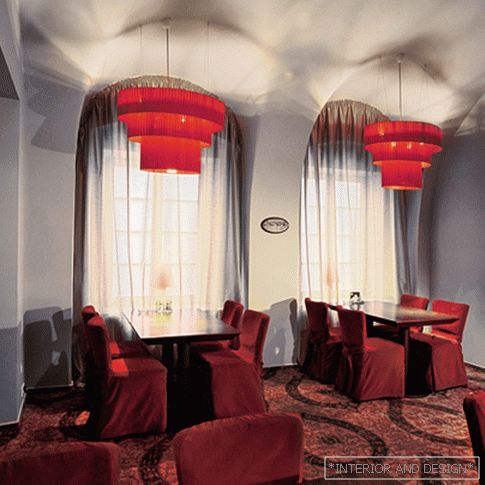Mansion on the coast
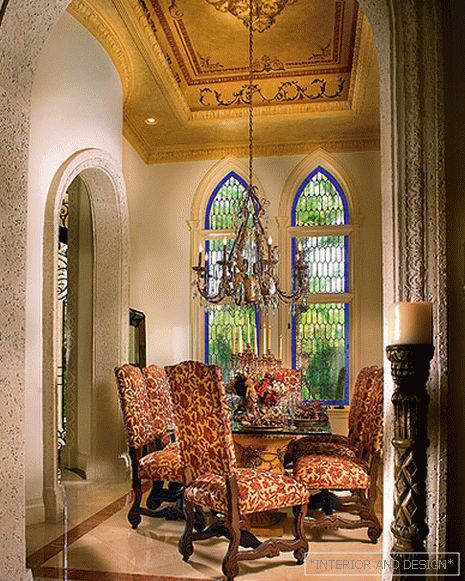
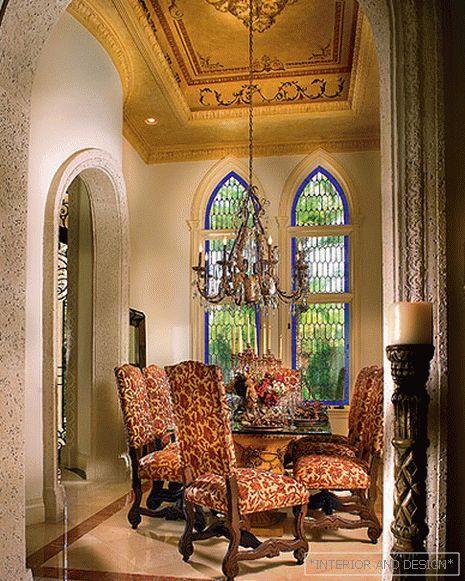
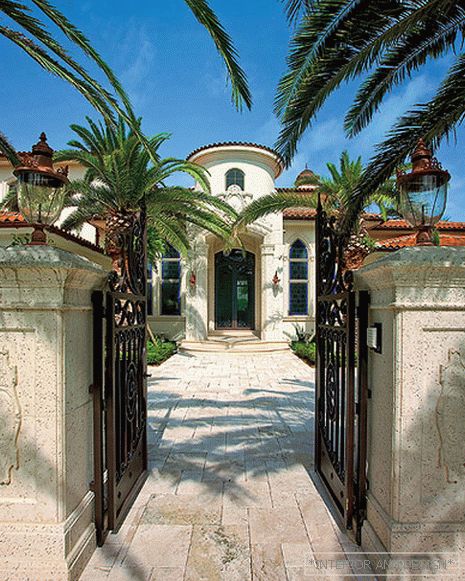
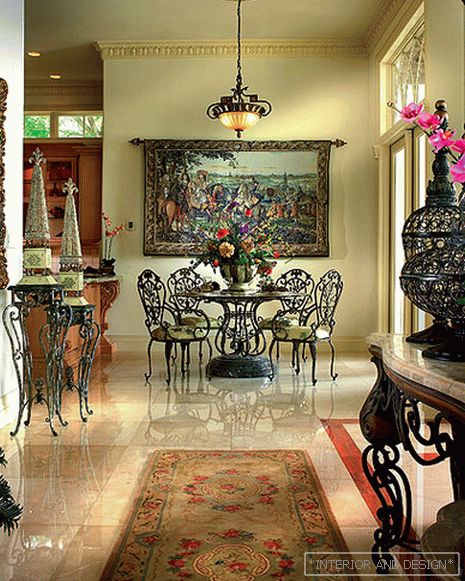
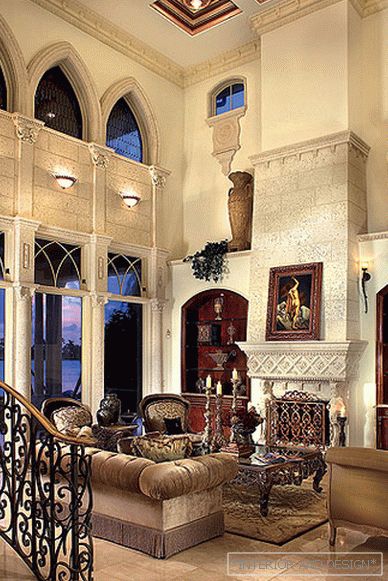
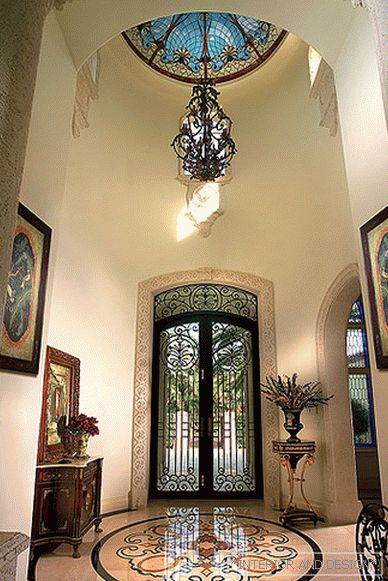
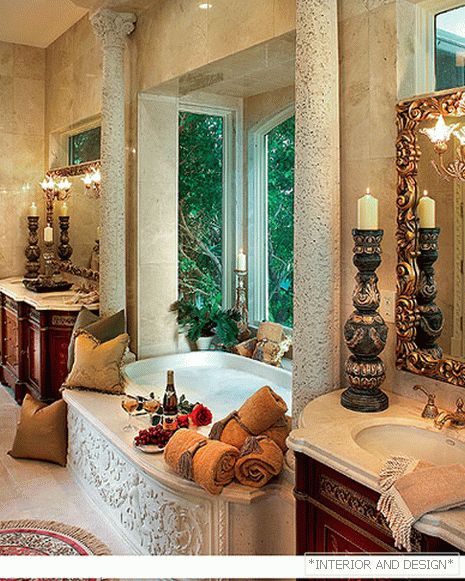
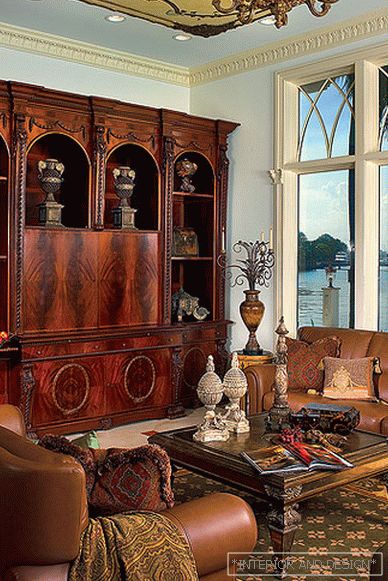
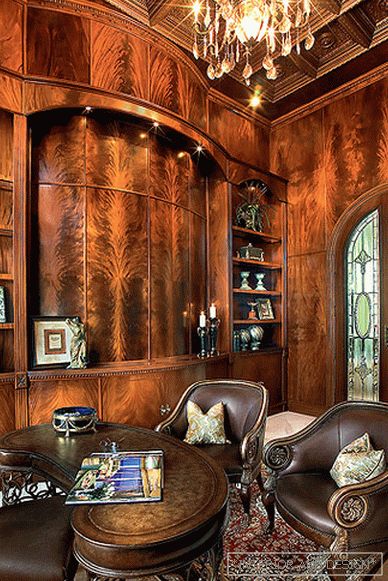
 Passing the gallery
Passing the gallery Leading headings: Marina Volkova
A photo: Barry Grossman
Magazine: N10 (143) 2009
In the office of the architect Perla Lichi, each project is usually given a name. This Californian home was named Cavaliere Residence, or "Knight's Castle." The architect says that the customer wanted a house where everything would be a little from different European eras and traditions: something from the Middle Ages, something from the Renaissance ... Lychey welcomes historical stylization, saying that in our eclectic age you need to choose the best from previous eras and on the basis of this create your own, unlike anything else style. This house has two "faces". One in the spirit of the century of Guelphs and Ghibellines, Romeo and Juliet, medieval Italy, in a history marked by quarrels, in culture - the spirit of chivalry. The second “face” is also Italian, but a little later years - the Renaissance era that followed Italy’s heyday, which was expressed, in particular, in the construction of the brilliant palazzo, architectural masterpieces of its time.
The house is “protected” by gates and walls a few meters thick — real fortifications that should frighten enemies. The entrance is located in an elegant tower, reminiscent of Italian fortress architecture. Once inside the building, you find yourself in a spacious, multi-room space: a dome of etched glass soars above the hall. From the hall you immediately go into the living room with a fireplace area and get lost - such a scale! Lancet windows, typical of medieval buildings, are incommensurable with human growth. In this colossal scale, there is already something Egyptian. The decor of the ceilings in this part of the building imitates caissons, however, increased by times and with built-in lighting. On the floors in most rooms laid stone - polished marble. Somewhere there are mosaics whose ornamental patterns resemble Renaissance arabesques.
The architect says that the stone creates a stern, even somewhat brutal image, which she associates with the Middle Ages. She wanted the atmosphere itself to refer to specific eras and styles, while the furnishings were found to be entirely modern. This does not mean that they abandoned the classics. Simply, the classics have chosen “without signs”, characteristic details that would distinguish a medieval or renaissance mood. In most rooms, this is solid furniture in leather upholstery, with inserts of precious wood and wrought iron elements.
Litchi believes that Americans, as a nation rather young, need just such houses, referring to the classics, but interpreting it in their own way, in order to create a new image, rooted, however, in the European tradition, because the New World is essentially the Old

